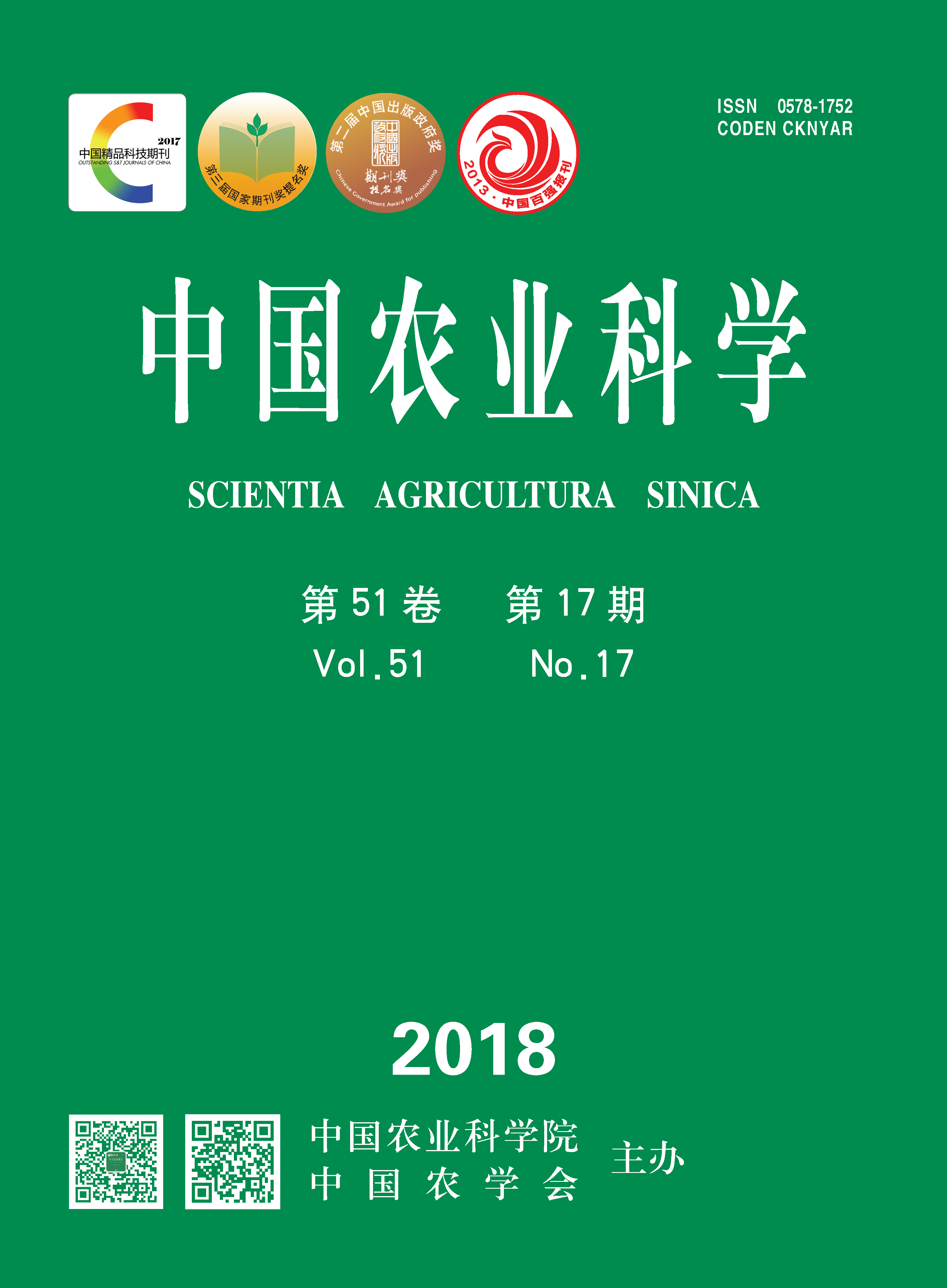【Objective】The objective of this study is to investigate the changes of nitrogen content and the expression of the nitrite reductase gene (
NiR) and NIN-like protein (NLP) transcription factors of
Poncirus trifoliata (L.) Raf. under the drought conditions, and to analyze and confirm the binding interaction of NLP transcription factors and nitrate-responsive cis-element (NRE) of
NiR promoter region. 【Method】One-year old rootstock
P. trifoliata was used as the experimental material and treated with drought stress until the leaves of the plant began to wilt, and the water control was set. The total nitrogen contents in leaves and lateral roots under drought condition were measured by Kjeldahl nitrogen meter. At the same time, the gene expression of
PtNiR,
PtNLP2,
PtNLP4,
PtNLP7 and
PtNLP8 under different drought conditions in leaves and lateral roots was analyzed using real-time quantitative PCR and 2
−ΔΔCT method.
The NRE sequence in the promoter region of
PtNiR was analyzed. The constructed vector pHIS2-4×NRE and pGADT7-Rec-NLP of Y1H were screened using Ligation-Free Cloning Kit (abm), and the interaction of
P. trifoliata NLP transcription factors (PtNLP2, PtNLP4, PtNLP7 and PtNLP8) with NRE was analyzed by Y1H screening using a
HIS3 reporter gene under the control of NRE (4×NRE), pHIS2-4×NRE and pGADT7-Rec-NLP plasmids were transformed into yeast Y187, and were incubated at 30
℃ for 3-5 days in amino acid deficient medium SD/-Trp/-Leu (control) and SD/-His/-Trp/-Leu/+120 mmol·L-1 3-aminotriazole (3-AT), and the relationship between NLPs transcription factor and NRE was determined by observing the growth of Y187 yeast. 【Result】The total nitrogen content in leaves of
P. trifoliata increased first and then decreased, while the total nitrogen content in lateral roots decreased significantly under the drought conditions. In the water control, the contents of total nitrogen in leaves and lateral roots increased significantly. RT-qPCR analysis showed that the expression of
PtNiR in leaves was up-regulated firstly and then down-regulated, while in lateral roots, it was significantly down-regulated with the increase of drought.
the expression of ptNLP2, ptNLP4 and ptNLP7 in leaves and lateral roots was also up-regulated firstly and then inhibited. In contrast, the expression of ptNLP8 in leaves and lateral roots was inhibited to a certain extent by the drought. By cloning and sequencing, the NRE sequence was identified at the location of -196 to -154 in the promoter region of PtNiR. Y1H assays show that the Y187 yeast transformed into pHIS2-4×NRE-HIS3 and pGADT7-Rec-NLP vector could grow normally in the control medium (-Trp/-Leu) and the nutrient deficient medium (-His/-Trp/-Leu) containing 120 mmol·L-1 3-AT.【Conclusion】The content of total nitrogen in lateral roots of
P. trifoliata decreased significantly by drought. Compared with the control, the total nitrogen contents in leaves and lateral roots reduced relatively with the extension of drought treatment time. The expression of
NiR and NLP transcription factors in leaves and lateral roots of the nitrogen metabolism pathway was responsive to the drought in varying degrees. Y1H assays show thatPtNLP2, PtNLP4, PtNLP7 and PtNLP8 transcription factors can bind to the NRE of
PtNiR promoter to activate the expression of the downstream genes.









